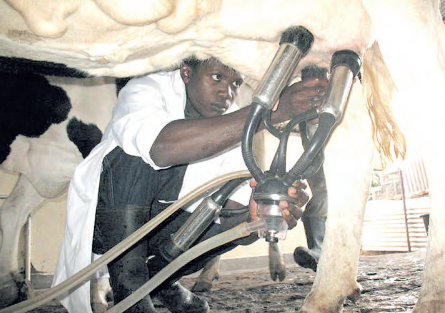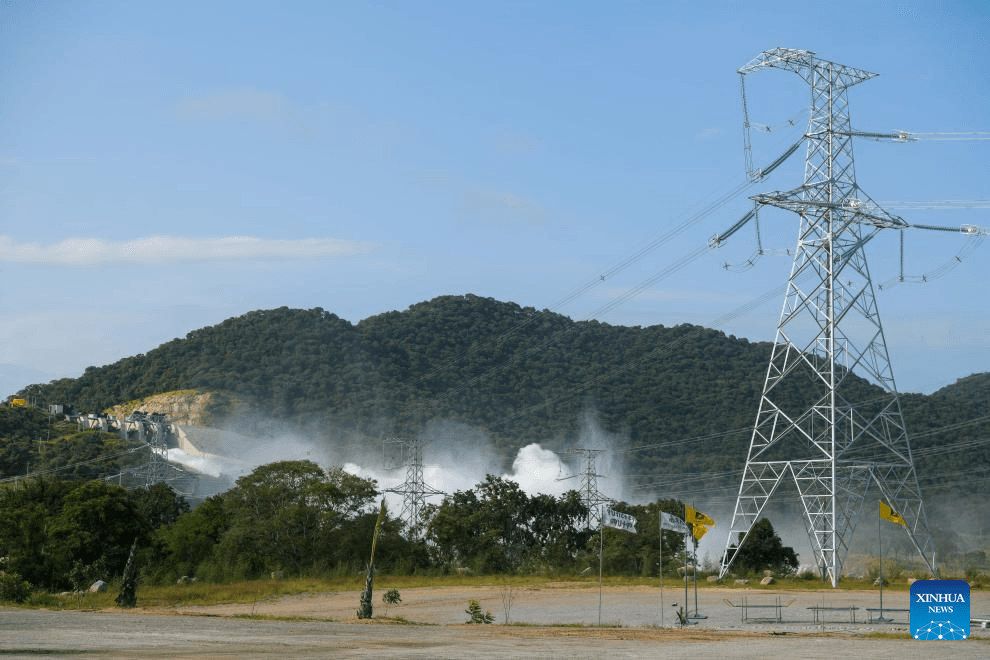

Kenya is seeking to expand its dairy exports to Algeria as part of efforts to grow its presence in international markets.
Kenya Dairy Board (KDB) acting managing director Kimutai Maritim said Algeria and the wider Middle East present fresh opportunities, especially for powdered milk.
“Just last week, our team was in Algeria exploring export opportunities. Government-to-government negotiations will soon start to secure this new market,” he said.
Maritim said to meet domestic demand and export requirements, Kenya must not only raise raw milk production but also scale up value addition.
“Only value-added products can be exported competitively and that is where the government is focusing its efforts,” he said.
Maritim said the country is also banking on improved livestock genetics, subsidised inputs, with a target of a five-fold increase in milk production from two billion litres to 10 billion litres annually.
He said the government has set an ambitious goal of raising milk production from the current two billion litres to 10 billion litres annually, largely through improved cattle genetics, better feed and partnerships with the private sector.
“This is a huge leap,” Maritim said, noting the government is making strategic interventions to fast-track growth in the industry.
He said one of the key areas of focus is improving livestock breeds through artificial insemination.
The price of quality semen has been subsidised from Sh6,000 per dose to Sh1,000 to encourage wider uptake among farmers.
“This drastic subsidy is expected to jumpstart milk production by ensuring more high-yielding dairy cows,” he said.
The government has also prioritised fodder production by partnering with the private sector and waiving taxes on key feed ingredients to make dairy farming more affordable.
According to Maritim, these interventions are expected to boost milk yields significantly.
Data from the KDB shows Kenya’s dairy sector is the largest in East Africa, currently producing about 5.3 billion litres of milk annually. The industry contributes 4.5 per cent to the national GDP and 12 per cent to agricultural GDP.
He said with Kenyans consuming an average of 92 litres of milk per person annually, which is the highest in the region, demand is projected to keep rising as the population grows.
Additionally, more than half of Kenya’s milk is sold through informal markets, which provide income for youth and women while making milk accessible and affordable.
“However, the formal sector which comprises cooperatives, processors and retailers continues to expand, now accounting for about 20 per cent of consumer supply,” Maritim said.
“Looking ahead, the Kenya National Dairy Master Plan projects per capita milk consumption could double in the coming years. This would require production to rise from the current eight billion litres to more than 18 billion litres annually, making the dairy sector not only a key source of livelihoods but also a strategic pillar for food and nutrition security.”
The Kenya Dairy Board report shows milk production was at 5.2 billion litres last year, with more than 80 per cent from small to medium-scale farmers. The sector contributes 4.5 per cent to the national GDP and faces a growing demand, with an annual consumption of 110 litres per capita.
According
to a 2024 report by the Ministry of Agriculture and Livestock Development on
Milk Production Costs and Profitability, milk production increased in 2024 due
to favourable weather conditions, and the volume of milk purchased by processors
hit a record 98.4 million litres, a 12.04 per cent growth.













